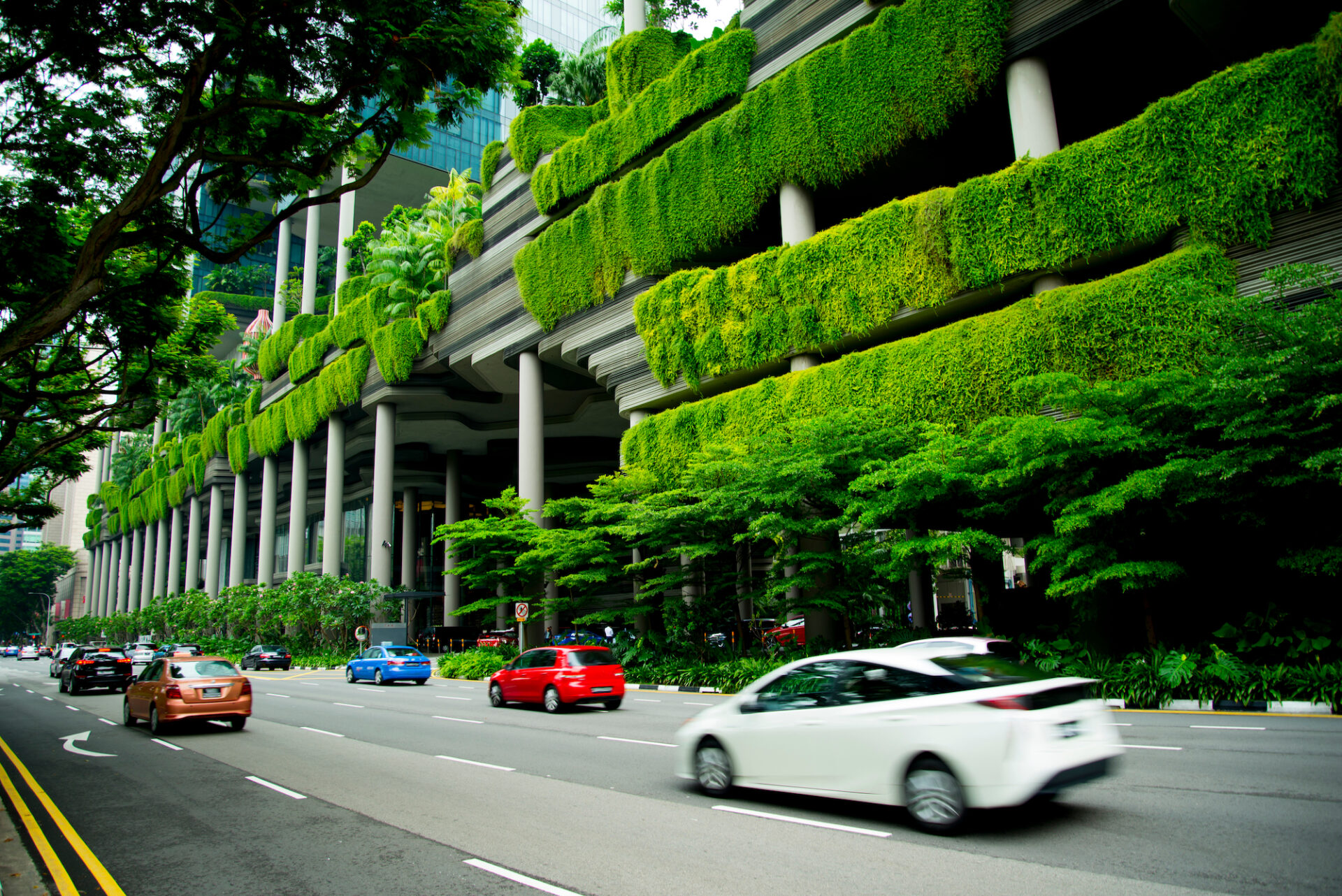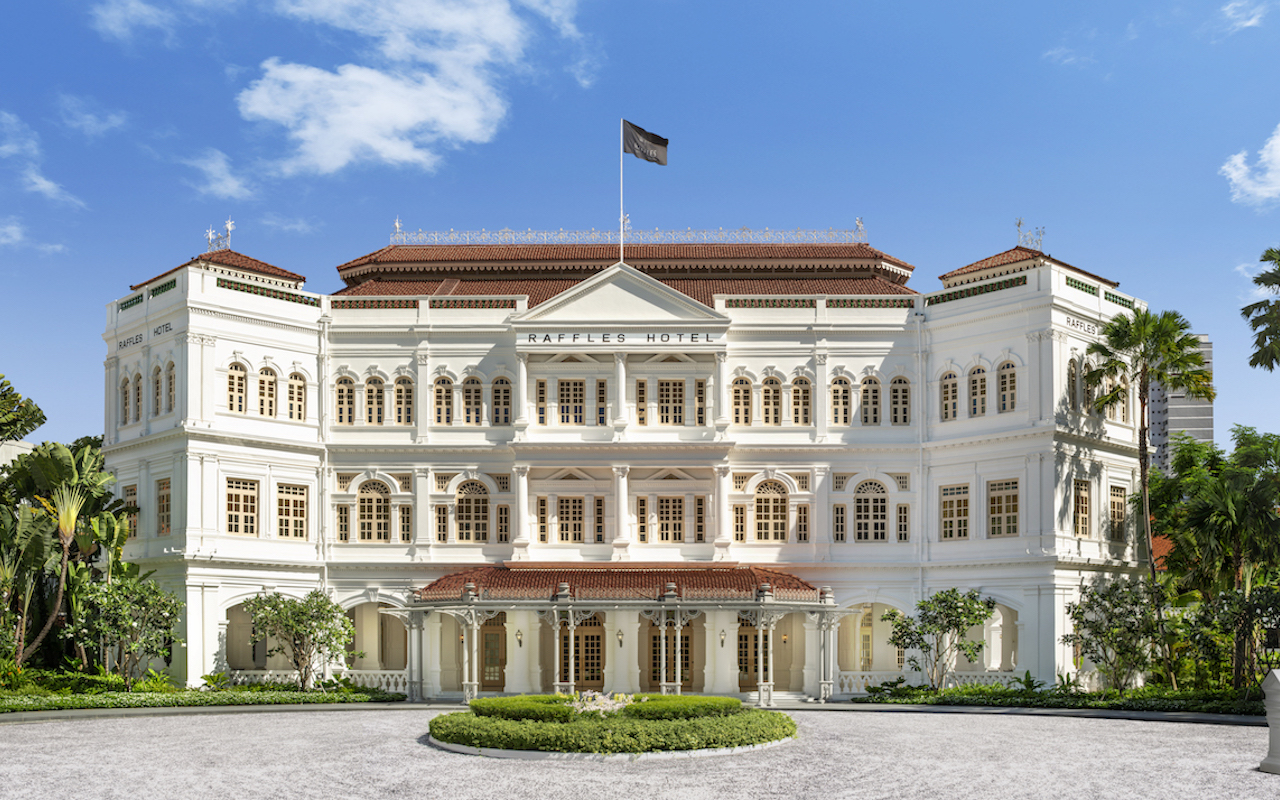Produced by SilverKris for Singapore Management University Lee Kong Chian School of Business
On the world map, it’s hard to make out the little red dot that is Singapore, which measures just 728km2 – or 459 times smaller than neighbouring Malaysia. But despite its size, it wields significant global clout. In recent years, that clout is not just economic, but also cultural.
Recently, the city-state has been making headlines for all the right reasons: monthly visitors are exceeding a million, while a record number of foreigners are investing in local property. Plus, in what’s perhaps the strongest testament to the city’s growing cultural cachet, the Financial Times has crowned Singapore “Asia’s official capital of cool”.
So why is Singapore thriving? Here, we speak to four experts – in industries ranging from hospitality and F&B to smart buildings and architecture – for their perspective on what makes the city the place to be.
Building on a strong foundation
Part of the answer lies in Singapore’s built environment. As a tiny island, Singapore has always had to grapple with the issue of land scarcity. Today, however, just about every square inch of the city has been carefully optimised thanks to astute urban planning – several decades’ worth, in fact.


Singapore’s success didn’t happen by accident. It took a very methodical 30-year plan for us to get here
“Singapore’s success didn’t happen by accident. Back in the 1960s, our leaders had a very clear idea of what long-term economic and urban development should look like,” says Daniel Liu, Executive Director of urban advisory firm MORROW Intelligence. “It took a very methodical 30-year plan for us to get here.”
Of course, private enterprise has also played a key role. “We’ve gone through that period of structured development, and now the conditions are right for experts in the field to strike it out on their own,” Daniel says.
He attributes this partly to programmes such as Singapore Management University’s Executive Master of Business Administration (EMBA) – of which he is an alum – where business leaders come together to solve the challenges of tomorrow as part of its distinctive hands-on curriculum. “For instance, we have people developing smart tools for tracking city metrics, and consultants coming up with new ways of thinking about placemaking. There’s a lot of exciting stuff happening.”
A showcase for urban transformation
Today, Singapore is a colourful yet coherent mix of old and new. In Chinatown, for example, visitors will find carefully conserved heritage shophouses flanked by gleaming skyscrapers. Outside of the downtown core, you’ll discover a series of vibrant heartland neighbourhoods – some featuring 1930s Art Deco architecture.
Other areas are prime laboratories of cutting-edge technology. A prime example of the latter is the Punggol Digital District, which will have a high-tech pneumatic waste collection system and a smart energy grid when it launches in 2024.
“Singapore is making full use of modern technology to push the boundaries of what it means to be a smart city,” says SMU EMBA alumnus Alexander Siemes, who heads the Digital Service Center (Middle East and Asia Pacific) at Siemens. “This will be a great showcase of urban transformation.”

The city’s meticulous urban planning is underpinned by a deep commitment to sustainability. “What Singapore has embraced really well is the idea of biophilic architecture – where the boundary between the outside environment and the inside environment is blurred,” Daniel says. Take, for instance, the PARKROYAL COLLECTION Pickering hotel in the central business district, an architectural feat festooned with lush vertical gardens and plant-filled balconies.
As Alexander adds, Singapore is also addressing the climate crisis through initiatives like the Singapore Green Plan 2030, which includes material targets such as quadrupling solar energy deployment by 2025 and reducing the amount of waste sent to landfill by 30% in 2030. “This long-term mindset, for me, is a decisive factor that makes Singapore so attractive,” he says.
Welcoming visitors with top-notch experiences
This progressive outlook is similarly embodied in Singapore’s flourishing hospitality industry, which is expected to cater to over 12 million visitors in 2023.
“Singapore has some of the best infrastructure in terms of building design and efficiency, waste management and technology. This gives our hospitality industry an edge against that of many other countries,” says Philip Cyril Raj, the CEO of independent hotel group Bay Hotels & Resorts. “Plus, our hotels and restaurants continue to evolve through refurbishments and better offerings.”

A case in point is the iconic Raffles Hotel, which reopened its doors in 2019 to much fanfare after a multi-million-dollar facelift. In the same vein, the Mandarin Oriental, Singapore is currently undergoing a comprehensive refurbishment – its first in decades.
A food scene unlike any other
Elsewhere, it’s hardly surprising that the food-obsessed city’s top establishments regularly feature on “best of” lists every year. For instance, nine local venues, including fine-dining mecca Odette and barbecue joint Burnt Ends, were recently named among Asia’s 50 Best Restaurants 2023. In fact, just this month, Odette won the #14 spot on the World’s 50 Best Restaurants list this year and the accolade of Best Restaurant in Asia. Then there’s also the flourishing bar scene, which draws cocktail connoisseurs from all over the world.

“Singapore’s F&B landscape has definitely become more vibrant and cosmopolitan over the years,” observes Jeanne Liu, co-founder of Rich and Good Cake Shop. Her business, started at home with her mum almost 30 years ago, has grown through word-of-mouth to become a local institution with a digital presence – inspiring Jeanne herself to go back to school for an EMBA at SMU and upskill herself.
Like many traditional brands in Singapore, it has also benefited from government funding such as the Productivity Solutions Grant (PSG), through which the company was able to launch its game-changing e-commerce platform. “We opened back in 1997 in the heartlands, and a lot has changed since then. For example, the Michelin Guide came to Singapore in 2016, and there are so many different types of good food available now.”


A vibrant multicultural landscape
This wonderfully diverse culinary scene is, in part, a natural byproduct of the city’s multicultural makeup. “One of Singapore’s more unique characteristics is that we have a wonderful coexistence of cultures, and you see it everywhere. When you think about our food, there are Chinese versions of nasi lemak, Malay versions of chicken rice and Indian versions of rojak,” Daniel says. “I think it’s important for visitors to Singapore to have a little understanding of how special the relationship is between the different cultures.”
Indeed, it’s this harmony in diversity that makes Alexander, a German native, grateful to call Singapore home. “It comes down to the simple things. I love Singapore’s variety of food, friendly people and general openness to be a multicultural nation,” he says. “Having a kopi-o at my neighbourhood hawker, chatting with the aunty who has been running it for 20 years, meeting friends over some roti prata to discuss plans for the evening… I’m loving it, and Singapore will always have a special place in my heart.”
For more information on the EMBA programme at Singapore Management University Lee Kong Chian School of Business, click here.
The post Singapore: A small city-state with huge influence appeared first on SilverKris.
from SilverKris
What a fantastic post! you explained it in so detailed way. singapore is really great place to explore.
ReplyDeleteticket price won't be barrier any use Qatar Airways promo code at rezeem and get ticket at lowest price.